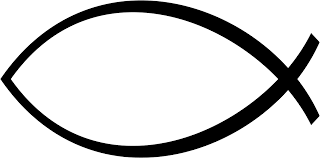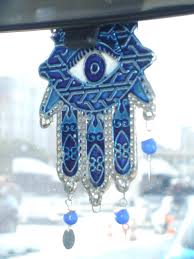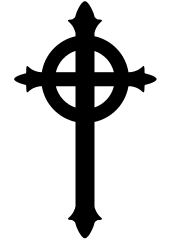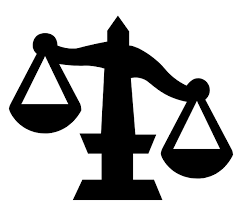Hera’s symbol
| Symbol | Hera’s |
| Religion | Greek Mythology (but often used in religious context) |
| Origin | Hera's origins lie in Greek mythology, where she is considered one of the Twelve Olympians. |
| Meaning | Represents marriage, family, and the protection of women in childbirth. |
| Appearance | Often depicted as a regal and majestic woman, sometimes wearing a crown or holding a scepter. |
| Colors | Associated with royal colors like gold and white, symbolizing her status as queen of the gods. |
| Usage | Featured in ancient Greek art, temples, and stories, emphasizing her role in the divine pantheon. |
| History | Hera's mythology is rich and intertwined with various stories, showcasing her complex relationships with other gods and goddesses. |
| Popularity | Maintains enduring recognition due to its prominence in Greek mythology and classical literature. |
| Importance | Hera is significant in Greek religious and cultural traditions, representing essential aspects of family life. |
| Complexity | Her character is multifaceted, displaying both nurturing and vengeful qualities, adding depth to her mythological role. |
| Emotions | Elicits sentiments of power, femininity, and the complexities inherent in family dynamics within Greek mythology. |
Hera’s Symbols: A Queen’s Many Facets
Hera, the Greek goddess of women, marriage, and family, wasn’t confined to just one symbol. Each object associated with her represented different aspects of her power and domain. Here’s a breakdown of some key symbols:
Royalty and Authority:
- Diadem/Crown: Worn by Hera, signifying her status as queen of the Olympian gods.
- Scepter: A symbol of power and authority held by royalty.
Marriage and Fertility:
- Pomegranate: Associated with abundance, fertility, and eternal life, reflecting Hera’s role in marriage and childbirth.
Animals:
- Cow: In ancient times, Hera was worshipped as a “Cow Goddess,” symbolizing abundance and motherhood.
- Peacock: In later Greek art, the peacock became associated with Hera, representing her majesty, pride, and all-seeing nature.
- Cuckoo: Linked to the myth of Zeus seducing Hera in the form of a cuckoo, reminding viewers of her complex relationship with her husband.
Colors:
- White: Traditionally associated with purity, marriage, and royalty, reflecting Hera’s divine stature.
Additional Symbols:
- Lion: In some depictions, Hera is accompanied by a lion, symbolizing strength, courage, and protection.
- Lotus Flower: Represents beauty, fertility, and rebirth, aspects aligned with Hera’s domain.
Remember:
- These symbols often overlapped and combined meanings, reflecting Hera’s multifaceted nature.
- The specific symbols used varied depending on the artist, context, and historical period.
- Understanding these symbols provides a deeper understanding of Hera’s character and significance in Greek mythology.
View rest of the Religious Symbols
-
444 angel number
-
333 angel number
-
222 Angel Number
-
Christianity
-
Catholic Fish
-
Hamsa Hand
-
Jesus Cross
-
Presbyterian
-
Judgement








